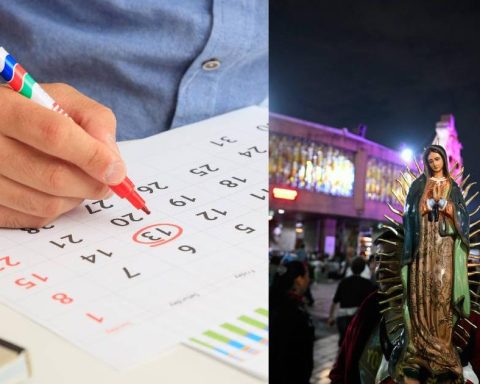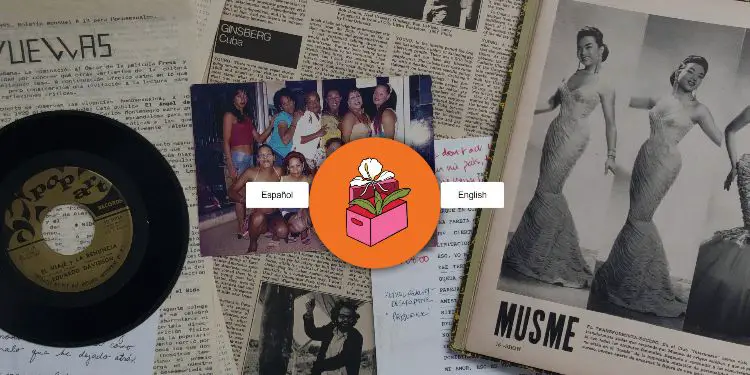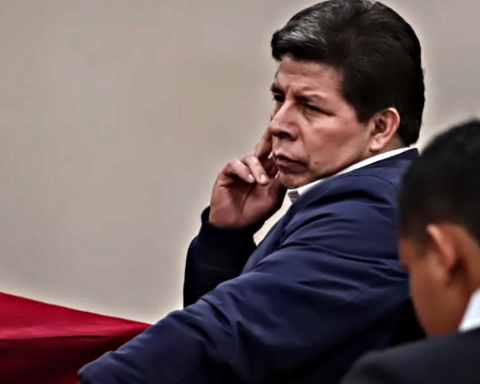Recently, President Gustavo Petro announced that will assume control of the regulation of residential public services in the country.
“This president has decided not to delegate his duties to the public service regulation commissions, at least for a while. So, I am going to assume control, the general administration policies of Colombia, directly and personally, based on what the Law itself says: first, the general interest and that of the user”, maintained the president.
(Read: The explanation given to Petro about the rise in energy prices).
For the economist, historian and research professor María del Pilar López Uribe, this type of decision is to open the door of price control “with criteria drawn from the sleeve and without technical support. The consequences will be scarcity and reduction of the service offer. Users will end up paying the cost over time. Bad idea.”
But what does price control mean?
We must start from the fact that in a free, unregulated market system, market forces (supply and demand) determine the equilibrium price and quantity. Even though it is the result of the efficient market, not everyone can be satisfied with said result, which may require the intervention of the State, according to Julián Alberto Gutiérrez, professor of the Finance program at El Bosque University.
In this sense, prices are usually controlled “chen those responsible for economic policy believe that the market price is unfair to buyers or sellers, that is why there are a series of tools that are at the disposal of the national government to ‘control’ the fundamental aspects of the national economyGutiérrez points out.
Accordingly, heControls are often designed to stop an inflated market or even promote a certain segment of it. It works the same with high inflationary figures.
(Also: The law on which Gustavo Petro relies to adjust rates).
How does price control work?
This is a system where the Government sets the rate at which goods or establishes one minimum and maximum prices. Therefore, companies in this industry must comply with these parameters.
“In other words, price regulation is a situation in which the government decides at what price or price range a good is sold. Thus, all transactions must comply with the prescribed standards. This type of control is not very common today. However, certain goods and services are regulated because they concern the welfare of the population. For example raw milk, agrochemicals or medicinesGutierrez says.
The pros of price control
The expert highlights three main advantages of this system:
• It is a way in which the government certifies that a good or service is accessible to the population.
• Citizens and companies will have less uncertainty regarding how much the merchandise in question will cost.
• Prevent the growth of shortages of important products for citizens. Therefore, in these cases, the cost of the subsidies will have to be covered by the State.
(Read: ‘Regulatory bodies must be independent’: Creg responds to Petro).
The Cons of Price Control
Likewise, Gutierrez highlights three disadvantages of implementing this measure in the country:
• If producers must sell below the equilibrium price, the quantity supplied will be less than the quantity demanded by consumers. So there will be a deficit.
• The above situation can lead to the creation of an illegal black market where citizens can buy the restricted products. However, they pay more than the official rate.
• If they cannot charge a price that allows them to make a profit, companies will be discouraged from investing in the controlled sector.
BRIEFCASE


















